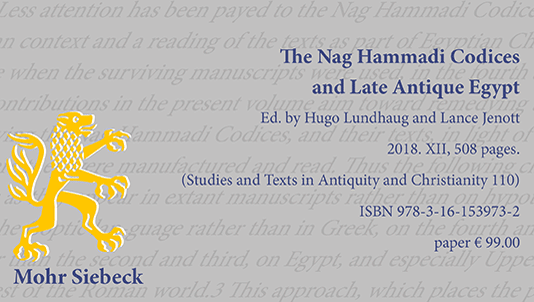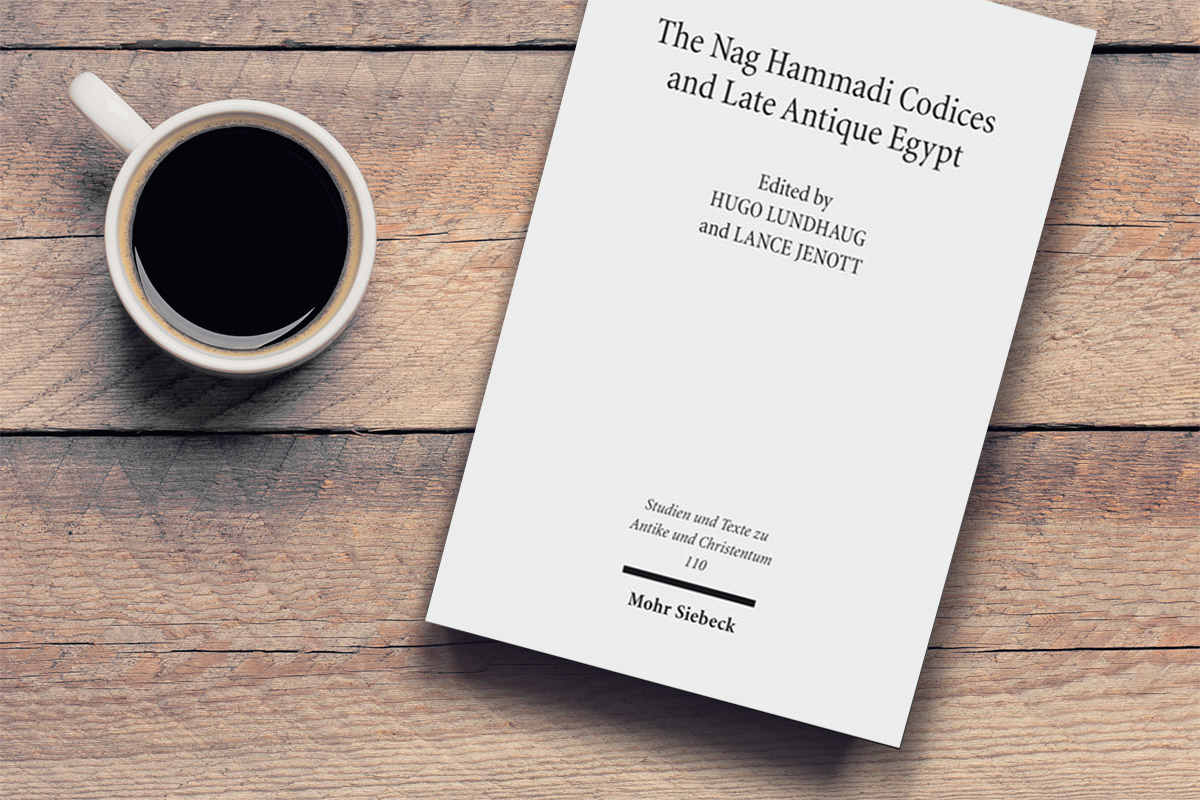Whether the Nag Hammadi writings are actually Gnostic is perhaps a question you’ve never pondered. You’ve been told from seminary or from a pastor that the Gospel of Thomas, Gospel of Judas, pseudepigraphal letters of Paul and all the rest are from the second or third century and contain Gnostic ideas. These Gnostic ideas wedded a platonic dualism to Christianity in a way that severely perverted apostolic thought and conveyed strange ideas, not just to our modern ears, but (we must assume) even to the ears of “orthodox” Christian leaders and citizens.
In a sense, the Nag Hammadi writings are Gnostic, but there is a sense in which that may not be wholly true. There is a difference between the extant texts that we possess and the original texts, and therein lies the difference.
The extant documents are written in Coptic and stem from the fourth and fifth centuries with an Egyptian (especially Upper Egyptian) provenance. Behind these texts are assumed originals (assumed for legitimate reasons) that were written mostly in Greek from various areas of the Roman empire, and distributed across the empire from Rome to Edessa, Antioch, Alexandria, and beyond.
Naturally, when these texts were discovered in 1945, scholars began to research and reconstruct the “originals,” that is, the original date and provenance of the compositions. They enabled us to piece together what Gnosticism actually was in the second and third centuries. They were important historical documents, to be sure.
Scholars Hugo Lundhaug and Lance Jenott, however, have a different purpose for examining the Nag Hammadi documents. Lundhaug runs the research project “New Contexts for Old Texts: Unorthodox Texts and Monastic Manuscript Culture in Fourth- and Fifth-Century Egypt” (NEWCONT) at the University of Oslo and Jenott is Lecturer in religious studies at Washington University. In their new co-edited volume, The Nag Hammadi Codices and Late Antique Egypt, they bring together a set of essays that explores the Nag Hammadi documents as evidence of fourth and fifth century Egyptian Christianity.
That is, these texts were translated into Coptic and housed in Egypt, where the documents were found. Hence, they were for some reason important to Egyptian Christians at the time, at least some Egyptian Christians. From this research perspective, the documents help us better understand early Christianity in a time and region that does not have as much evidence as we would like.
The essays use the documents to find clues to four different aspects of Egyptian Christianity:
- the monastic life: how Egyptian Christian supported personal transformation through the ascetic life;
- Egyptian Christian literature: how texts and traditions in the Nag Hammadi documents compare with fifth century and later Egyptian literature;
- religious diversity: how other Egyptian religions may have interacted with Egyptian Christians and their literature;
- scribes and manuscripts: focusing on codicology, scribal practices, and paleography.
For those who are not as interested in fourth and fifth century Egyptian Christianity, several essays in part four are still significant. Louis Painchaud discusses the production and destination of the Nag Hammadi codices, arguing for sub-groups of texts (rather than one coherent library). Such a topic is important for any student of the NT, even simply to understand better the texts as evidence of second century Gnosticism. Also important is Christian Askeland’s essay that critically evaluates the use of paleography to date manuscripts. For anyone dealing with manuscripts–whether NT or Qumran or Nag Hammadi–learning how manuscripts are dated and the pros and cons of various methods is of great importance.
The grand contribution of these essays is to demonstrate that historical artifacts may be used and interpreted in multiple ways. The Nag Hammadi documents have been used as a window into second century heterodox Christianity, but mostly ignored for their contribution to helping us understand the early church in another time and place.
So, are the Nag Hammadi writings actually Gnostic? Well, yes and no. It depends on whether you’re referring to the original writings, to their translations several centuries later in another location, or to the message of the texts as a living entity to be read, interpreted, and applied. Many thanks to Drs. Lundhaug and Jenott for helping re-shape how we think about this important library of early Christian documents.



